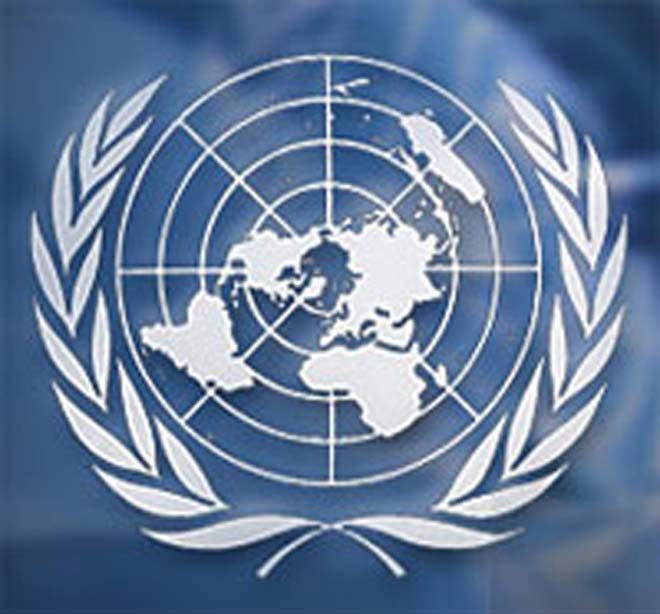The number of opium and heroin users in Afghanistan has risen 75 per cent in the past five years, as total users of illegal drugs reached 1 million, a UN survey released Monday found, DPA reported.
There are at least 350,000 heroin and opium addicts in the country, the UN Office on Drugs and Crime (UNODC) said in its 2010 Drug Use Survey, last published in 2005.
"During the past five years in Afghanistan the number of regular opium users has jumped 53 per cent, from 150,000 to 230,000," the survey said. "The number of heroin users has increased from 50,000 to 120,000, a leap of 140 per cent."
Afghanistan supplies almost all the world's natural opiates. Poppy cultivation dropped in the past two years owing to alternatives made available to farmers, or government-led crop eradication, but production of narcotics has remained almost level, it said.
More than half the country's opium, from which heroin is derived, is cultivated in the southern province of Helmand, where the Taliban insurgents are most active.
The 120,000 US and NATO-led troops in the country have recently intensified efforts against traffickers and production labs. But they have not taken part in eradication, wary of public resentment.
"The human face of Afghanistan's drug problem is not only seen on the streets of Moscow, London or Paris," UNODC executive director Antonio Maria Costa said. "It is in the eyes of its own citizens, dependent on a daily dose of opium and heroin."
The survey found that large numbers of Afghans, including children, were taking drugs as painkillers and tranquilizers, while opiates were also used "as a kind of self-medication against the hardships of life."
"After three decades of war-related trauma, unlimited availability of cheap narcotics and limited access to treatment have created a major, and growing, addiction problem in Afghanistan," Costa said.
The country is also a leading producer of hashish, which is taken by the majority of Afghan drug users. The drug is used by Taliban insurgents, as well as Afghan police forces, particularly those based in volatile southern and eastern regions, UN and Afghan officials said.
"Much has been said, and written, about Afghanistan as a leading producer of drugs, causing health havoc in the world," Costa said.
"It is time to recognize that the same tragedy is taking place in Afghanistan, that has now become a leading consumer of its own opium."
UN survey finds "major drug abuse" in Afghanistan
The number of opium and heroin users in Afghanistan has risen 75 per cent in the past five years, as total users of illegal drugs reached 1 million, a UN survey released Monday found.






